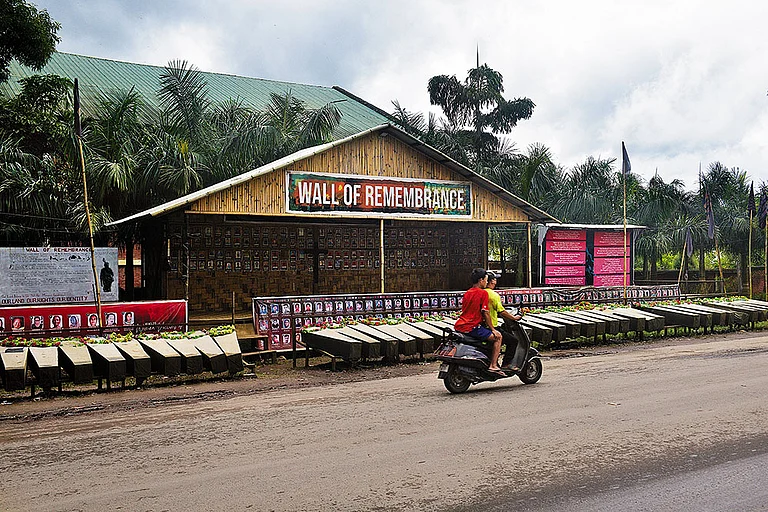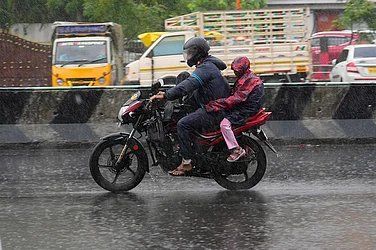Particulate pollution at Anand Vihar, one of the 13 air pollution hotspots in Delhi, declined by around 20 per cent after the city government's Environment department inventorised and mapped point sources and took site-specific measures, officials said.
It is a first-of-its-kind project in Delhi. The pilot phase has been successful. It will now be replicated in all the 13 hotspots this year, an Environment department official said. The department inventorised and mapped around 470 major and minor air pollution sources in the area, especially in the region surrounding the continuous ambient air quality monitoring station.
Major point sources included the Regional Rapid Transit System construction site, a construction and demolition site behind the Anand Vihar Inter-State Bus Terminal, traffic congestion at the railway station exit, the Uttar Pradesh Roadways Bus Terminal at Kaushambi, an unpaved parking of the Municipal Corporation of Delhi and the Patparganj industrial area, among others.
The officials said the department took site-specific measures like road cleaning using mechanised sweeping machines, mobile and static anti-smog guns, sprinklers, etc. The intervention helped reduce PM2.5 and PM10 levels at Anand Vihar by 22 per cent and 21 per cent, respectively, in November 2022 as compared to November 2021, the Environment department's data showed.
PM2.5 and PM10 levels declined by 16 per cent and 22 per cent, respectively, in December. Delhi Environment Minister Gopal Rai on Wednesday said Delhi saw a significant dip in air pollution levels during the 2022-23 winter season owing to strict implementation of the 15-point action plan and a proactive Graded Response Action Plan.
Compared to 109 good, satisfactory and moderate air quality days in 2016, the capital logged 160 such days in 2022. The number of poor and very poor air quality days came down from 217 to 196 during this period.
The number of severe air quality days fell from 26 in 2016 to six in 2022. The winter action plan announced last September focussed on areas such as stubble and garbage burning, vehicle and dust pollution, hotspots, industrial pollution, upgradation of Green War Room and Green App and dialogue with the central government and neighbouring states, among others.


























